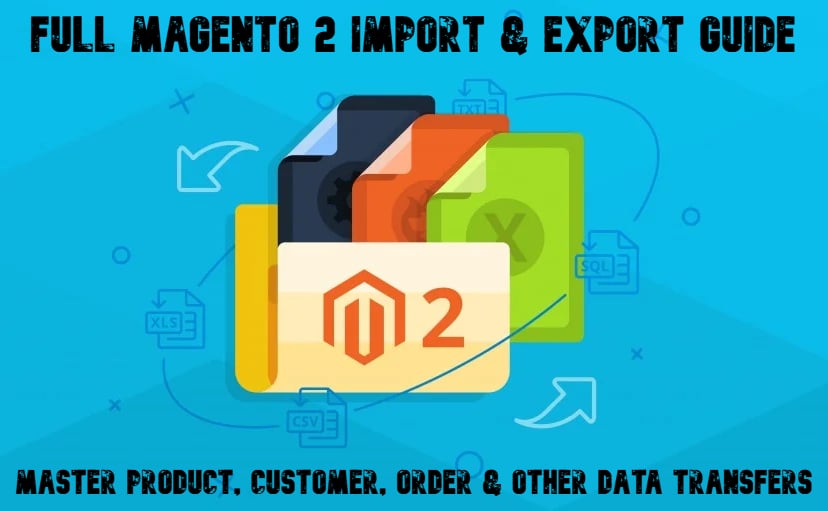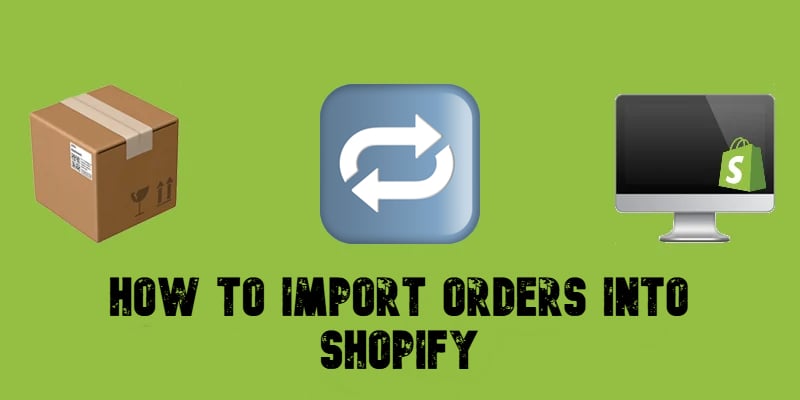Magento 2 Shipping Tracking Guide: How to Import & Export Order Tracking Numbers
![]()
Managing Magento shipping tracking is one of the most important parts of providing a smooth post-purchase experience. Customers expect real-time updates on their orders, and while Magento 2 makes it easy to display product details, handling Magento 2 order tracking numbers is far more complex. By default, the platform doesn’t allow you to import tracking data directly from external systems, making it difficult to automate integrations with shipping providers.
That’s where the Improved Import & Export extension changes the game. With it, you can seamlessly import and export tracking numbers in bulk, connect Magento 2 to carrier platforms, and keep order statuses updated automatically. This means no more manual data entry, fewer errors, and a faster order fulfillment process — all while enhancing Magento 2 shipment tracking for your customers.
In this guide, we’ll walk you through importing and exporting Magento order tracking information step by step. You’ll discover all the tracking-related features the extension offers, learn how to set up automation, and explore additional tools to keep your shipping operations running efficiently.





